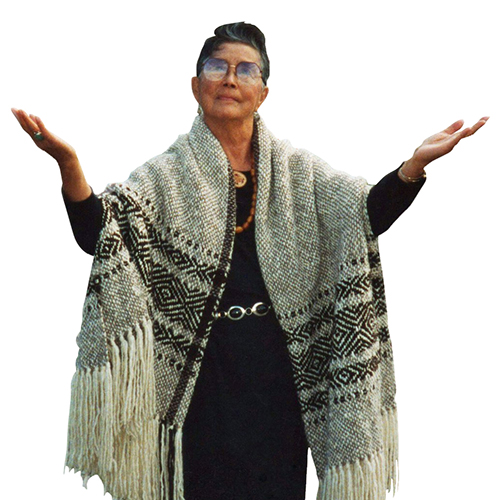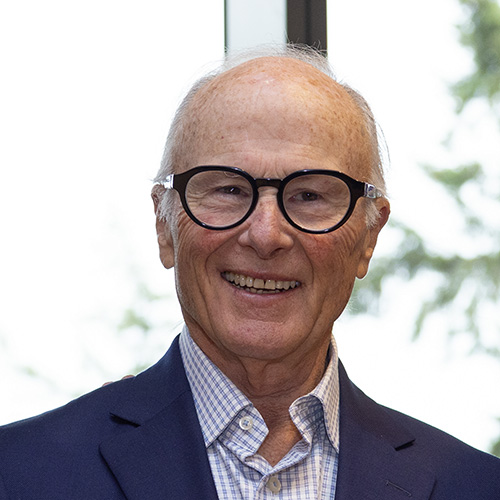The first time Classics Professor James Clauss taught a course in Greek mythology, he included Clash of the Titans, a 1981 film, to show students a modern rendition of a classical myth. “What I discovered,” says Clauss, now director of the UW Honors Program, “is that I didn’t know how to talk about films. I decided to create a class so that I could learn.”
That was 15 years ago. Clauss began offering “Classical Mythology in Film” through UW Extension as an experimental course; it was later added to the Department of Classics curriculum as an annual offering.
Clauss still begins the course with Clash of the Titans, a literal retelling of the myth of Perseus. The eight films that follow—from the U.S., Britain, France, Italy, and Greece—all relate to Greek mythology, albeit not always obviously.
“Once you see a literal rendition of the underworld, as in Clash of the Titans, then you’re able to make the transition to seeing it metaphorically,” says Clauss. “If a movie has a narrative that consciously or unconsciously follows the structure of an ancient myth, it has the potential to engage the power of the original story.”
The course ends with The Searchers, a John Ford western that Clauss views as representing a journey to the underworld, “using almost every mythological symbol for the dead one could imagine.”
Reading assignments inform the student’s viewing of the films. Before seeing Pier Paolo Pasolini’s Oedipus Rex, for example, they read Sophocles’s Oedipus. “We talk about what Oedipus meant to the original author and audience, then watch the film, noting along the way the similarities and differences between the film and the ancient myth,” says Clauss. “Those differences reveal what the filmmaker is trying to get at through the film.”
For their final assignment, students write a paper describing the movie that they would like to make, based on any ancient myth. Clauss encourages students to tap into issues in their own lives. Students can choose to make their own short film rather than
just describing it.
“The papers and movies show that they really get it,” says Clauss. “They come to understand why creating a cinematic version of an ancient myth makes sense and, what is more, how to do it. By the end of the quarter, they become pretty proficient at dissecting films on their own. It is my hope that they can then turn that back to literature, ancient or modern, and see that it is equally complex, allusive, and full of meaning.”
More Stories

A Healing Heart Returns
In February, the UW Symphony will perform a symphony that Coast Salish elder Vi Hilbert commissioned years ago to heal the world after the heartbreak of 9/11. The symphony was first performed by the Seattle Symphony in 2006.

A Transformative Gift for Arts & Sciences
To honor his wife and support the college that has meant so much to both of them, former Arts & Sciences dean John Simpson created the Katherine and John Simpson Endowed Deanship.

A "gesture" to jump-start careers
To prepare students for professional success, the UW College of Arts and Sciences offers “gesture,” a mock startup company where student interns gain skills that employers seek.